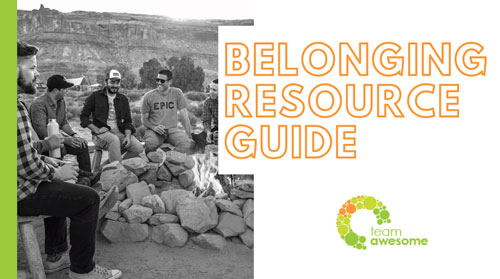Communication is simply one of the biggest factors in our relationships. It is a critical element in our work connections, how we see our boss or company leadership, and how we grow (or break) personal relationships. And one of the most critical skills needed for good communication is in fact, not saying anything at all. It is listening.
There are several levels of listening that you may practice, some of which are not serving you. If you recognize that improving your communication would be valuable, then having awareness of how you are listening to others will help you. And let’s be honest, every one of us could benefit from stronger communication, and I have yet to see a company that did not list communication as one of the key drivers to improving employee engagement.
The three levels of listening here can help you determine how well you are communicating with others.
Level 1: Listening to Respond
Do you ever find yourself listening to someone with the sole purpose to respond? If you are crafting what you are going to say back in response while someone is speaking, then you are practicing level 1 listening. It is about you, not the other person. Unless you drop the need to make it about you, you won’t be able to achieve deeper listening. This happens frequently when two people are arguing their opposing political views. They put energy into making their point, instead of listening to the other’s view and adjusting their response to match what they hear. Most listening happens at this level.
Simply put: You are doing too much talking, and you are making it about you.
Level 2: Listening to Hear
This is where you are listening to really hear the words that are coming out. You respond only after you’ve processed what’s been said, and it is now about the other person, not you. This helps you start to understand at a higher level, and it helps the other person begin to feel heard. You are proving that by being able to paraphrase back what the other person just said. This is effective listening, but you might be missing some other conversational cues.
Simply put: You are hearing the words, and focusing on the other person. Good work.
Level 3: Listening to Feel
If you are deeply listening, you can not only hear what the other person is saying, but also feel what they feel and intuitively hear what isn’t being said. While you might not spend every meeting deep in this level of listening (it takes commitment and presence), this can be a valuable skill to sharpen with your most important relationships. As a result, the other person will truly felt heard and understood. Since our closest relationships are often the ones we take for granted, practice this with your team, your partner, or your children to find maximum impact.
Simply put: You have a lot more information to put yourself in the others’ shoes. Humans unite!
Want to make a difference in your communication? Keep a log of your interactions for a full day to track who you spoke with, what level of listening you used, and why you listened at that level. Identify what caused you to be distracted and listen at Level 1 with one person, and why you listened deeply with another. Make it an experiment, review your results, and try again the next day. You can improve your listening muscles in the matter of days.
What might you gain from better listening? And what is your current listening level costing you?
About the author:
Katie Rasoul is the Chief Awesome Officer for Team Awesome, a leadership coaching and culture consulting firm. Find out more by visiting www.teamawesomecoaching.com or sign up for our mailing list for awesomeness coming straight to your inbox. Follow Team Awesome on Facebook and Twitter.



Trackbacks/Pingbacks